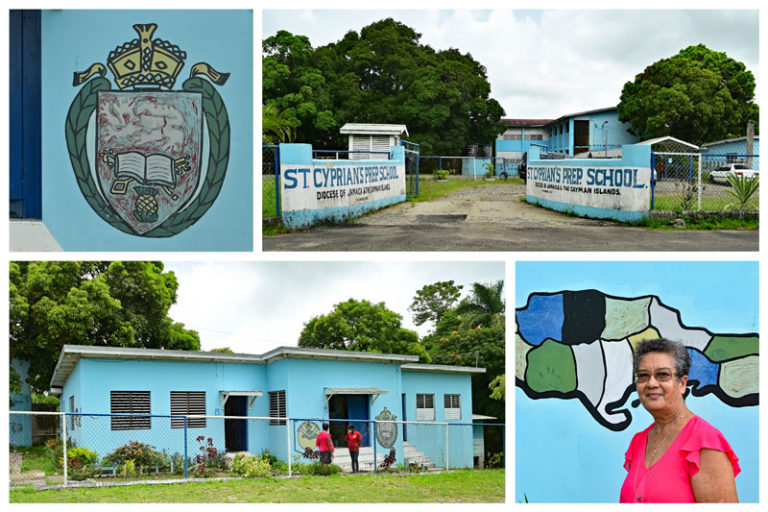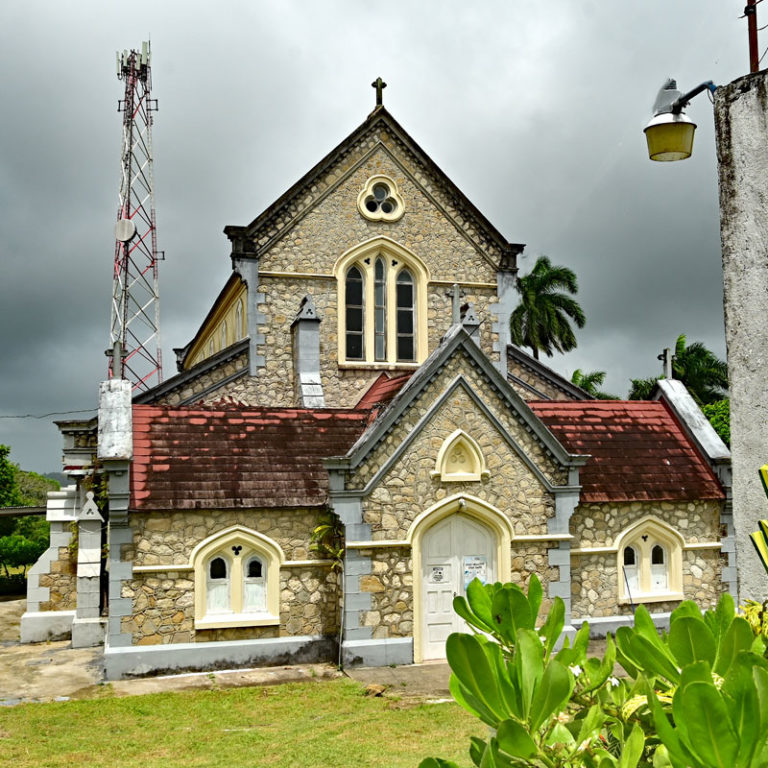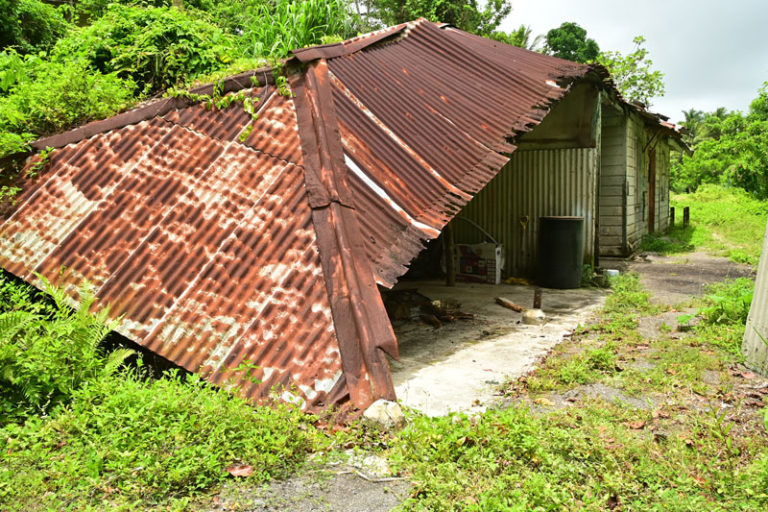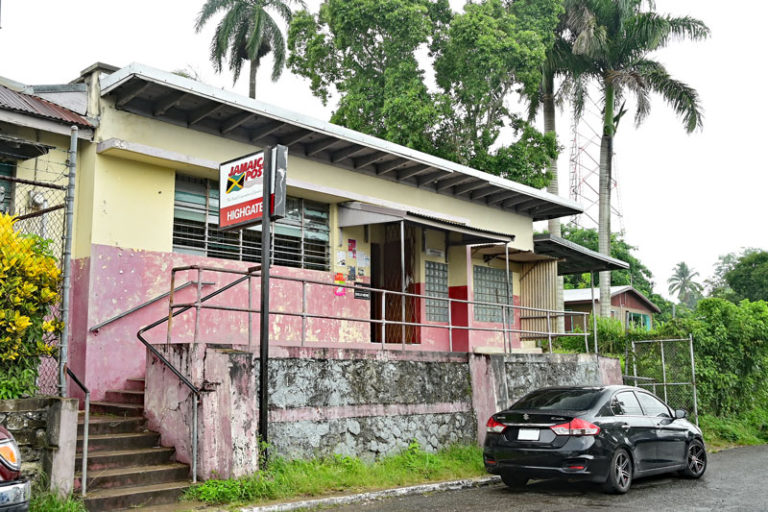Highgate (A Brief History)
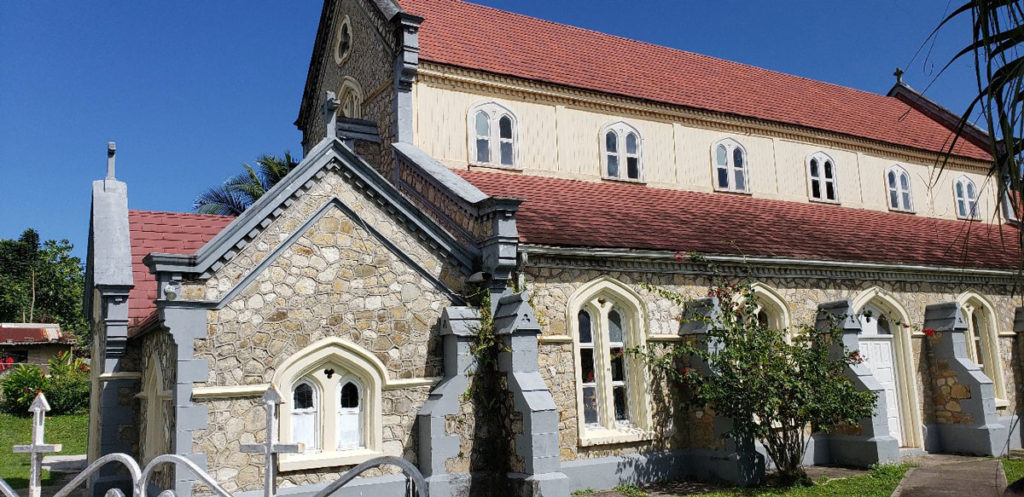
Highgate (A Brief History)
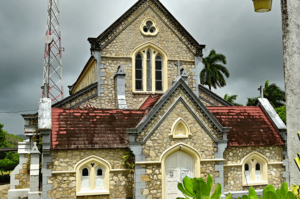 Highgate is a beautiful town, nestled at an elevation of over 1200ft. in the scenic foothills of the parish of St. Mary. It is directly surrounded by settlements like Fraser Wood, Cromwelland, Claremont, Siding, Harmony Hall, and Come See—with outlying settlements like Dean Pen, Carron Hall, Richmond, Aleppo, Belfield, Clonmel, and Annotto Bay.
Highgate is a beautiful town, nestled at an elevation of over 1200ft. in the scenic foothills of the parish of St. Mary. It is directly surrounded by settlements like Fraser Wood, Cromwelland, Claremont, Siding, Harmony Hall, and Come See—with outlying settlements like Dean Pen, Carron Hall, Richmond, Aleppo, Belfield, Clonmel, and Annotto Bay.
History books are inconclusive as to when the area came to be known as Highgate. We know, however, that it must have been named by the British, as, over 500 years ago, an area just north of London came to be known as Highgate. In fact, some of the above-mentioned settlements were named after well-known people or places in England.
Jamaica’s own Highgate has gone through many changes over the centuries. At one point in time, it was the center of commerce for the surrounding large plantations and estates like Richmond and Whitehall (and it is interesting to note that in 1960, St. Cyprian’s Preparatory School’s very first set of pupils included Pamela, daughter of the De Lissers who owned Whitehall Estate). These large plantations and estates helped to make St. Mary famous for being one of the island’s foremost producers of bananas, coconut, and cocoa.
For decades, Jamaicans as a whole and the citizens of St. Mary, in particular, were proud of the fact that world-renowned Cadbury Chocolates were made at the Cadbury Chocolate Factory from the fruit of the cacao trees growing on the Richmond estate and other plantations in the parish. In later years, these sweet treats were re-named “Highgate Chocolates” in salute to the town which was located several miles up the road. Another agro-industry was copra (dried coconut kernels from which oil is obtained) produced at the De Lissers’ Whitehall Copra Factory.
A “siding” is a short track at the side of a low-speed railway line, used for stabling, storage, and loading of trains. Small wonder in typical Jamaican fashion, the siding on the Esher estate became eponymous with the community birthed and sustained by the commercial activity there. Let’s pause here for the penny to drop for those who did not make the connection all these years. Siding was for long a key factor in the operations of the Jamaica Railway Corporation and Highgate’s farms, providing a vital transportation link for goods and services.
For us as past students, the period under consideration is 1960 to 1979, when St. Cyprian’s Preparatory School was in its heyday and Highgate and its environs were booming. Well-known landowner and journalist, Morris Cargill, lived in Claremont (beyond Cromwelland in Highgate), home to “The Two Todds” establishment famous for the artistic pottery creations by Mr. and Mrs. Todd, an expatriate couple. Also living in this area was an expatriate family named Gertig, who played an integral role in the early development of St. Cyprian’s Preparatory. Mrs. Gertig taught the three-year-olds in “A” Class while sons Nicholas and Christopher attended the school. Other expatriates, landowners, and well-heeled professionals and business people (Phillips, Schleifer, Cooper, Haffizulla, Hart, Haber, Moulton, Goffe, Gillette, Bedward, Drake to name a few) lived either in Highgate or outlying communities, and schooled their children either at the Anglican-run St. Cyprian’s Preparatory, the Roman Catholic-run Marymount Preparatory, or the American Evangelical-run Glenleigh Preparatory—all located in Highgate. The Custos of St. Mary, Mr. Chester Touzalin, also lived in Highgate. So, the town had a well-to-do aura and offered a range of leisure groups and activities typical of any self-respecting town. Residents of Highgate had their pick of groups, such as the Debating group, the Jaycees (Junior Chamber) service club, and the Lion’s Club.
The Religious Society of Friends (the Quakers) had for decades done yeoman service in Highgate, founding the Swift Purcell Home for Boys and The Lyndale Home for Girls. During our period under consideration, their Continuation High School was joined by the state-run St. Mary High School and the Roman Catholic-run Marymount High School as the only institutions offering secondary-level education in the parish—notably, all three were in Highgate. This town, which boasted the decades-old Highgate All-Age School located in Fraser Wood (some miles below The Pringle Home for Girls and the Carron Hall Vocational School), was also home to Mrs. Meredith, Principal of Shortwood Teachers’ College. So, for all these reasons, the town was an education hub, which, when combined with the concentration of landed wealth, easily made Highgate the cultural center of the parish, whereas Port Maria was the civic center of the parish.
It should be carefully noted at this point that, although Highgate was the first place in the parish to have schools offering secondary-level education, it wasn’t long before the Seventh-Day Adventist-run Port Maria High was started, as well as the state-run secondary-level schools at Brimmer Hall, Richmond, Oracabessa, Islington, Gayle, and Anotto Bay.
With the passage of time and a period of political and social unrest, Jamaica’s success and with it the prosperity of Highgate and its surrounding settlements, districts, and communities began to decline. Mass migration to North America and the UK beginning in the 1970s had decimated the middle class in Jamaica. Fewer and fewer remaining parents were able to afford St. Cyprian’s Prep as the school of choice for their children.
Many of the town’s mainstays disappeared as they went out of business, one by one; forty years on, there is now no more railway; no more “Terry Gillette’s Bakery” with its mouth-watering aroma of freshly baked bread; no more cinema; no more “Bedward’s Star Bargain Store”; no more “Spotlight” (the store owned by the Haughton-James family); no more “Haber’s Supermarket”.
The town now has new places and new faces, but the Highgate Market remains (even though it is now just a shadow of its former full and bustling self), and the stone structure of the St. Cyprian’s Anglican Church stands stolidly and defiantly strong on its vantage point over Highgate! St. Cyprian’s Preparatory’s glory days are long gone, but the school has never closed down—a testament to the faith, support, stability, resilience, and strength of the people of Highgate and its environs. These people have weathered the storms and are doing their best to keep the town running. The “Jamaica Producers” company is one of the few rays of hope in the past two decades, farming land near Annotto Bay and producing banana snacks and other items.
It is our dream and hopes that the economy of Highgate will rebound and that there will be a rebirth and a renewal of substantial commerce. We, the past students/pupils of St. Cyprian’s Prep, hope that the re-development of the school’s buildings and compound will act as a catalyst in this endeavor. We look forward through the St Cyprian’s Development Foundation to engaging with community leaders and the citizens of Highgate to see how we can together help instill new life into the town and its environs.
We look forward to the day when people from all over Jamaica will be so attracted to Highgate’s “light shining on a hill”, that they will come in droves to experience the township!

